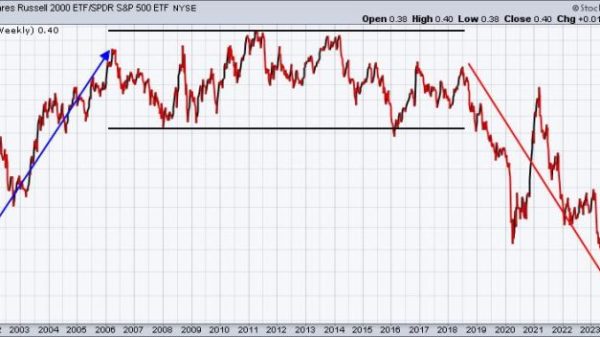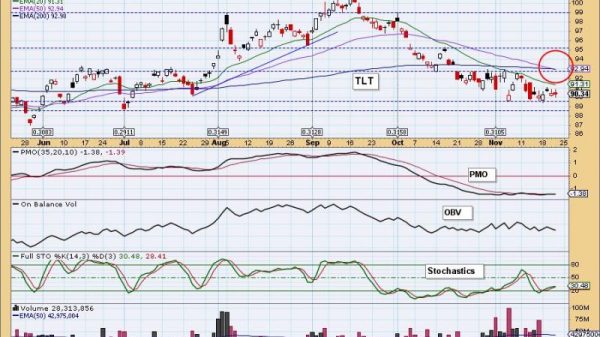Title: Navigating MicroStrategy’s Plunge: Key Levels Every Investor Must Monitor
Introduction:
Investing in the stock market can be a rollercoaster ride, with share prices often experiencing sharp swings. One such example is MicroStrategy, a renowned business analytics platform company that has recently seen its stock price take a significant downturn. In this article, we will explore how investors can navigate MicroStrategy’s plunge and identify key levels to watch in order to make informed decisions.
Understanding MicroStrategy’s Plunge:
MicroStrategy has faced challenges in the market, leading to a decline in its stock price. Factors such as market volatility, industry competition, and company performance can all contribute to such plunges. As an investor, it is crucial to understand the reasons behind the decline and assess whether it is a short-term correction or a more long-term trend.
Key Levels to Monitor:
1. Support Levels: Identifying support levels is essential in determining the point at which a stock price may stop declining and potentially reverse. Technical analysis tools can help investors identify key support levels based on historical price data.
2. Moving Averages: Utilizing moving averages, such as the 50-day or 200-day moving average, can provide insight into the stock’s overall trend. Crossing below these moving averages may signal a further decline, while staying above them could indicate a potential recovery.
3. Volume Patterns: Monitoring trading volume patterns can offer valuable information about investor sentiment. A significant increase in volume during a price decline could indicate strong selling pressure, potentially leading to further downside movement.
4. Resistance Levels: As the stock price attempts to recover from a plunge, resistance levels represent barriers where selling pressure may intensify. Identifying these levels can help investors gauge the strength of a potential reversal.
5. Fundamental Analysis: In addition to technical indicators, conducting fundamental analysis on MicroStrategy’s financial health, market position, and future prospects is crucial. Understanding the company’s fundamentals can provide insight into its ability to weather tough market conditions.
Conclusion:
Navigating MicroStrategy’s plunge requires a combination of technical analysis, market awareness, and sound investment principles. By monitoring key levels such as support and resistance levels, moving averages, volume patterns, and conducting thorough fundamental analysis, investors can make informed decisions during periods of market volatility. Remember, investing in stocks always carries risks, but by staying informed and proactive, investors can better position themselves to navigate challenging market conditions.






























